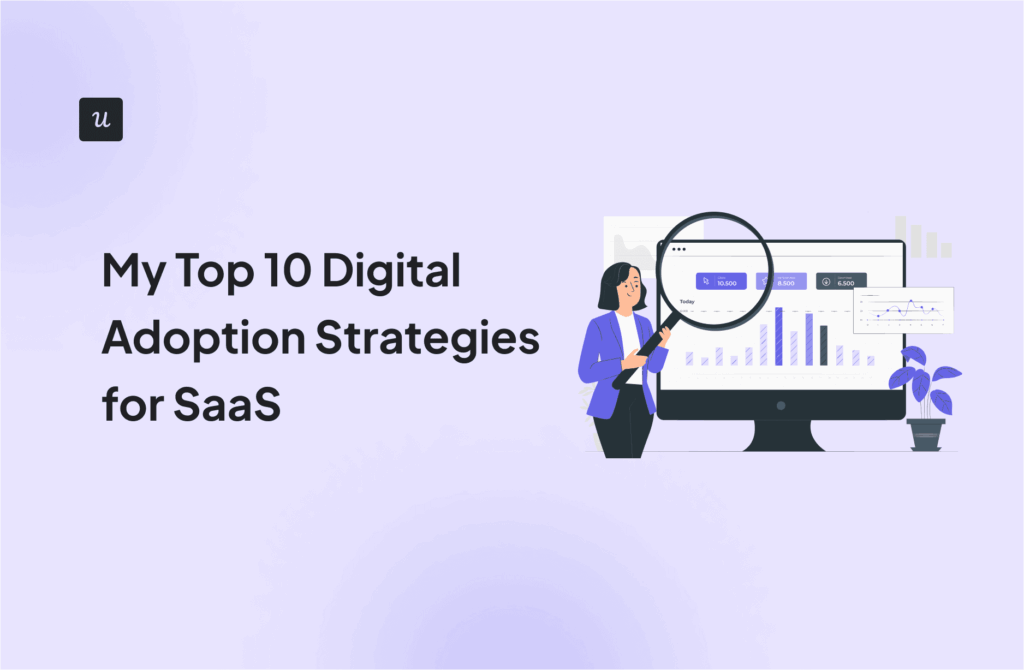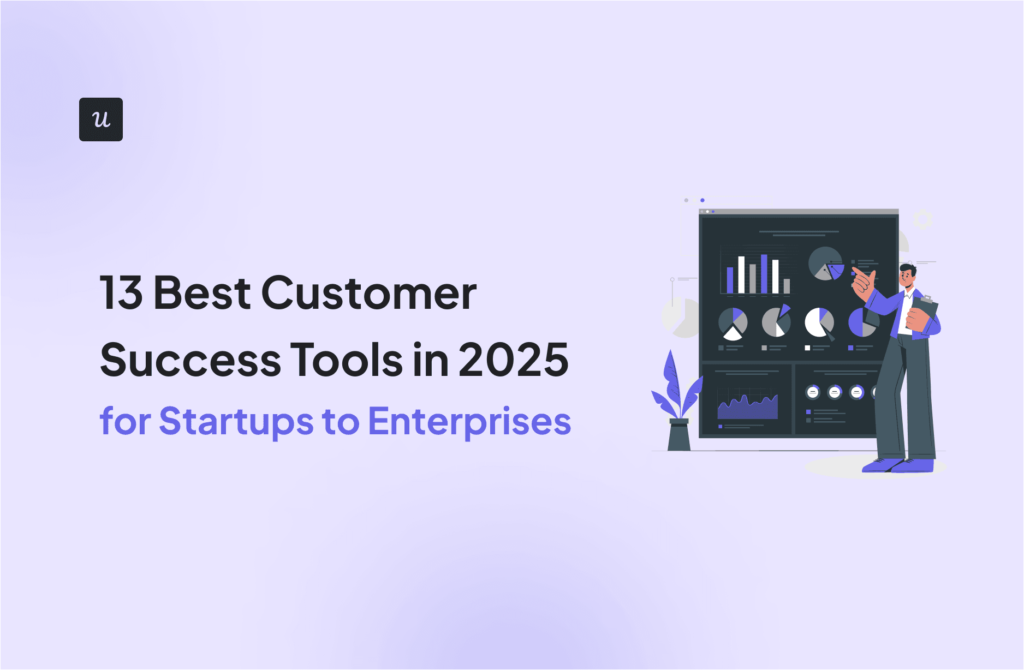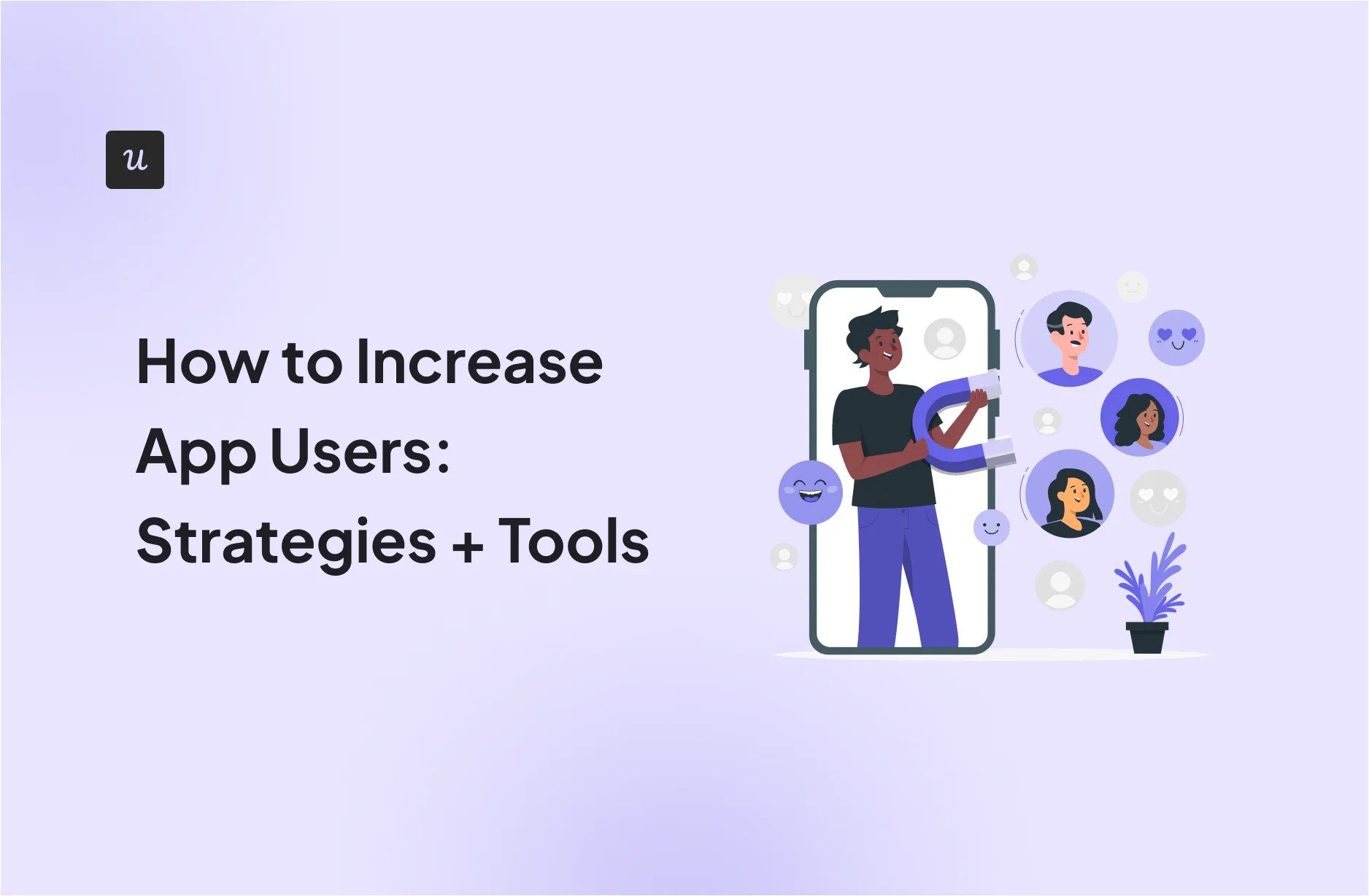
If you’ve recently launched a mobile app and want to increase app users, it’s going to be an uphill battle. Why? Because most mobile apps lose 77% of their users within 3 days!
Sure, you could blame onboarding or a clunky user interface. But the reality is that you’re either not getting enough of the right users in the door, or you’re not giving them enough to stay.
As a product marketing manager who has spent years optimizing for product adoption, I’ve realised that acquiring and retaining isn’t about shiny UI updates or random ad spends. It’s about building a repeatable system that drives discovery, boosts engagement, and keeps users coming back.
In this article, I’ll tell you how to:
- Increase user acquisition with ASO and referral programs.
- Boost user engagement by improving onboarding with personalization and gamification.
- Retain users by educating them the right way and delivering the features they actually want.
Try Userpilot Now
See Why 1,000+ Teams Choose Userpilot
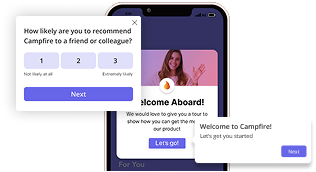
How to attract new users to your app
Most product teams obsess over activation. They spend hours perfecting the onboarding flow or tweaking button placements. But none of that matters if users aren’t installing your app in the first place.
User acquisition isn’t a one-time campaign. It’s a system to make your app discoverable, shareable, and credible without relying on blind luck or paid ads alone. Here’s how to build that system:
1. Perform app store optimization to attract new users
ASO is about showing your users what your app is really about. It makes your app easier to find and increases the likelihood of it being downloaded. But good ASO isn’t about stuffing keywords. It means crafting a storefront that converts curious browsers into active users.
Start with your app title and subtitle. They should reflect what your app does and how it helps, using the same words your audience types into the search bar. But your metadata only gets you discovered. Your screenshots and preview video do the heavy lifting. They need to communicate benefits, not just features.
Of course, none of this will work if you don’t have the customer reviews to back it up. Apps with strong ratings appear higher in search results and convert at a higher rate. If your ratings are low or if you’re not asking for reviews, you’re missing a key growth lever.
Headspace is one of my favorite examples to refer to because they ace their ASO game. Their listing is calm, clear, and focused on outcomes. You know exactly what to expect: reduced anxiety, better focus, and more sleep.
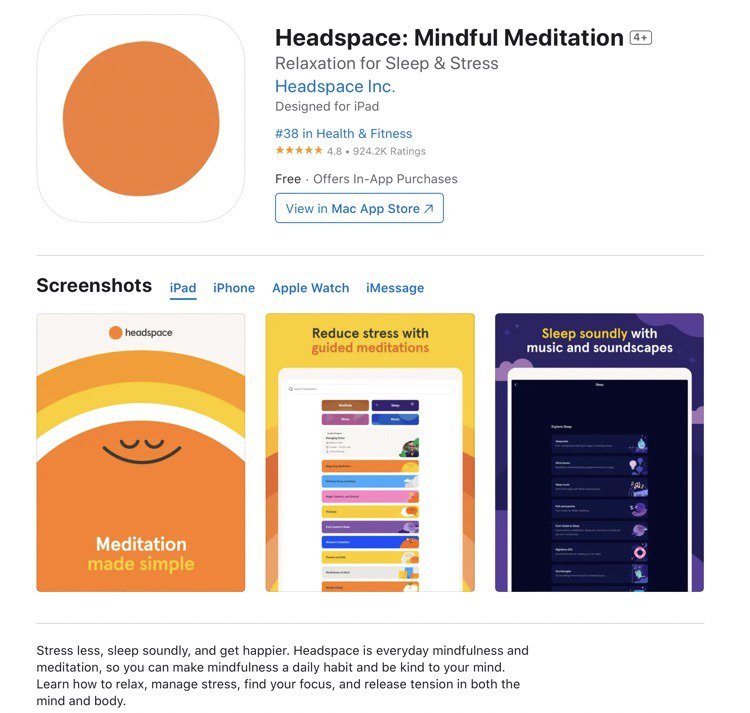
Meanwhile, Canva takes a different approach. Their preview images showcase their use cases, from manually editing pictures and videos to using design templates. This makes users feel that the product has tons of capabilities and is easy to use.
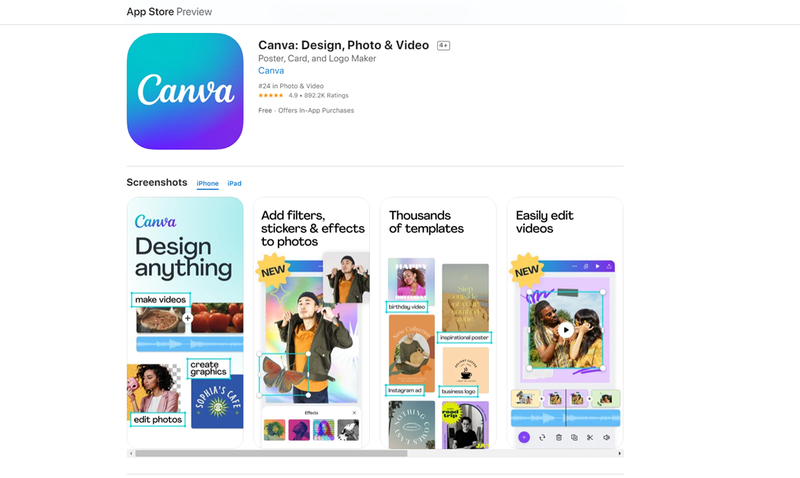
2. Use referral programs to spread the word about your app
The best growth strategy is a happy user who invites their friends.
Referral programs work because they turn word of mouth into a measurable engine. However, for that to happen, you need to create a memorable marketing campaign around the program. Plus, users must be incentivized to share, and the process has to be simple. The best time to ask is right after someone gets value from your app.
PayPal nailed the referral game, offering $10 to anyone who invited a friend and $10 to the friend who joined. This program helped them achieve an astounding yearly growth rate of over 1,650% and grow to a whopping 100 million users in only six years!
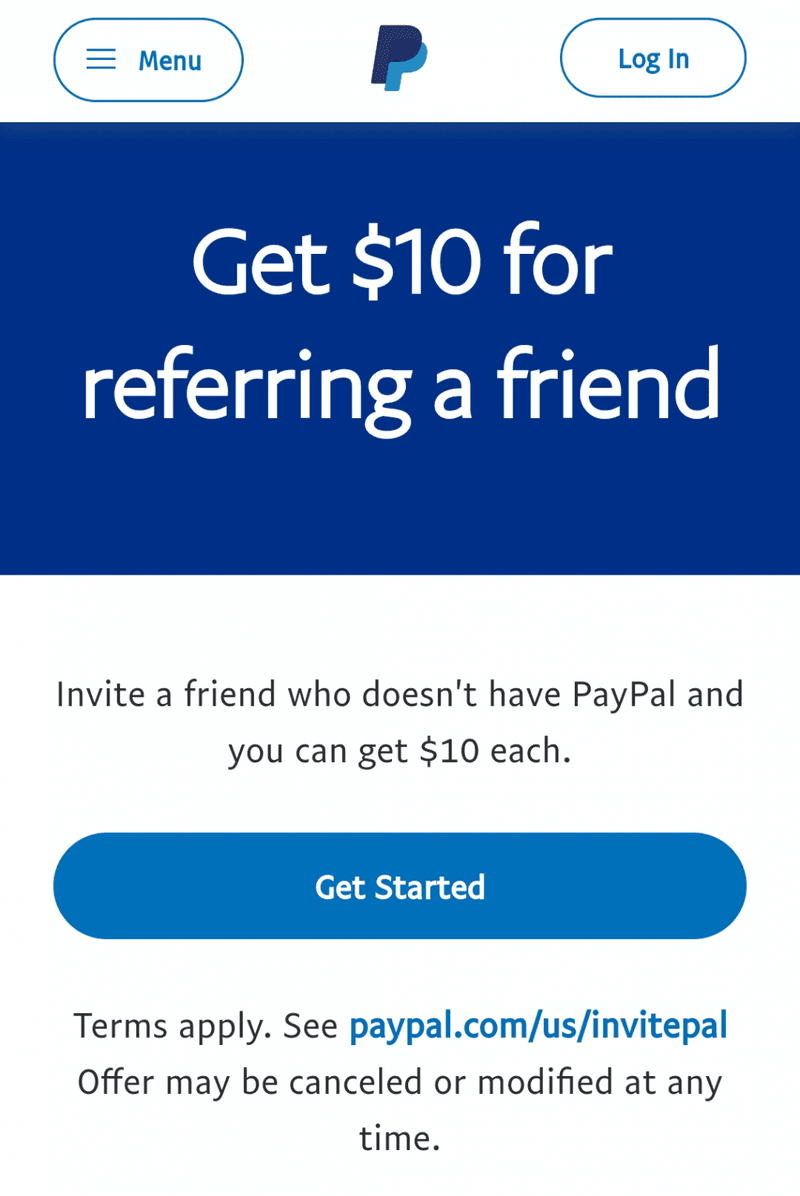
3. Reach out to your target users
If you want to attract more users, go where they hang out; don’t wait for them to come to you. I believe Reddit is a great place to start. If you’re building a personal finance app, r/finance would be a great place to see what problems your users are facing.
However, avoid barging in with a pitch. Share a story, a lesson, or a personal milestone. Those are the posts that get noticed.
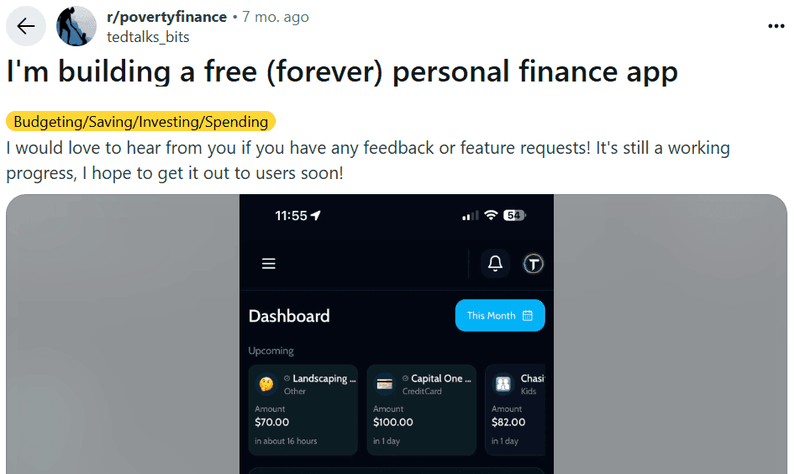
Discord servers, Slack groups, and college communities offer a tighter loop. These spaces are built around shared interests, which means your message lands with a more receptive audience. Here’s how Gymshark motivates its users by educating them with fitness tips.
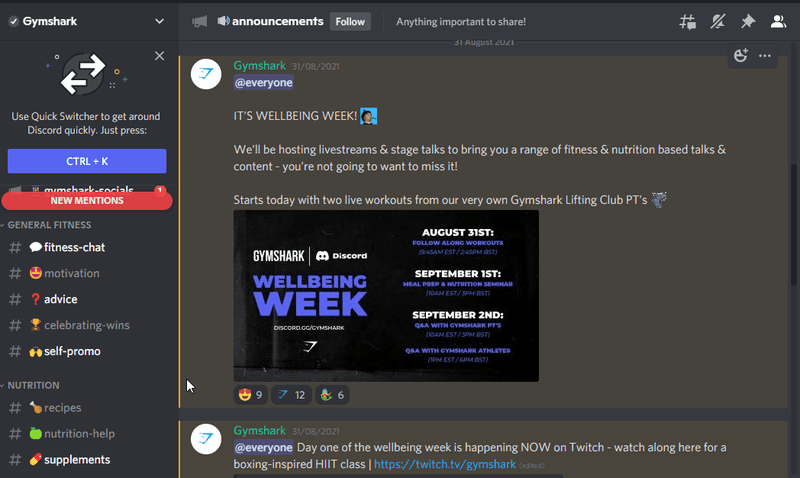
If you want to scale faster, paid campaigns still work. Apple Search Ads and Google UAC let you target users who are already searching for what you offer. But these campaigns only work if your value proposition is already dialed in. For example, if you have a photo editing app, you can optimize it for related keywords like “picture editing” or “photo filters.”
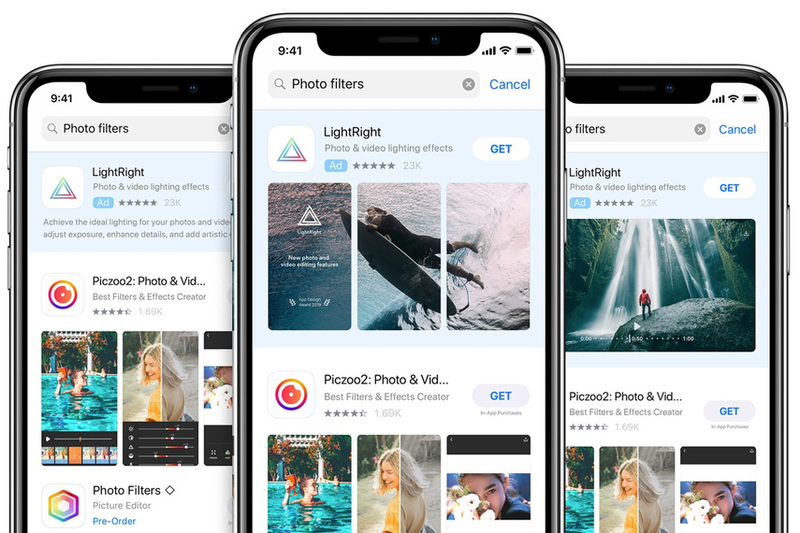
4. Encourage reviews
Reviews heavily influence app store rankings because strong ratings build credibility and also help you get discovered by more people.
But good reviews don’t happen automatically. You need to create the right moment to ask. Prompting users after they’ve experienced a win or reached a milestone is far more effective than hitting them with a pop-up during onboarding.
Use in-app surveys or feedback prompts to identify your happiest users. Then ask those users for reviews with as little friction as possible.
Engaged users leave better reviews. Better reviews boost your app’s visibility. That visibility drives new users. Hence, once you get new users, you must focus on keeping them engaged with your app.
How to increase mobile app engagement
You can spend all the money in the world getting users to install your app. But if they don’t stick around past the first few days, none of it matters.
Good user engagement separates high-performing apps from the ones users forget about. It’s driven by experiences that feel effortless, personal, and rewarding.
Let’s look at three strategies that actually keep users engaged:
1. Deliver a seamless onboarding process
75% of users abandon an app within the first week if it is difficult to use. Your onboarding flow is your window to show value, and a clunky onboarding experience can shut it instantly.
When users encounter too many form fields, vague instructions, or irrelevant steps, they tend to bounce. You lose them before they even see what your product can do. I suggest you improve onboarding by reducing user friction in the signup process. Keep it short, remove unnecessary fields, and offer SSO or Google login options.
Next, guide them with clarity and implement progressive onboarding so they never feel overwhelmed by a feature dump. Most importantly, ensure a smooth and unified experience across all platforms. If your user starts on a desktop and later switches to a mobile device, the transition should feel seamless. That consistency matters, especially since most prospects and customers primarily interact on desktops.
Userpilot makes it easy to build onboarding flows tailored to different audiences, whether you’re engaging new users, trial accounts, or returning power users. You can also track drop-off points to continually improve the journey.
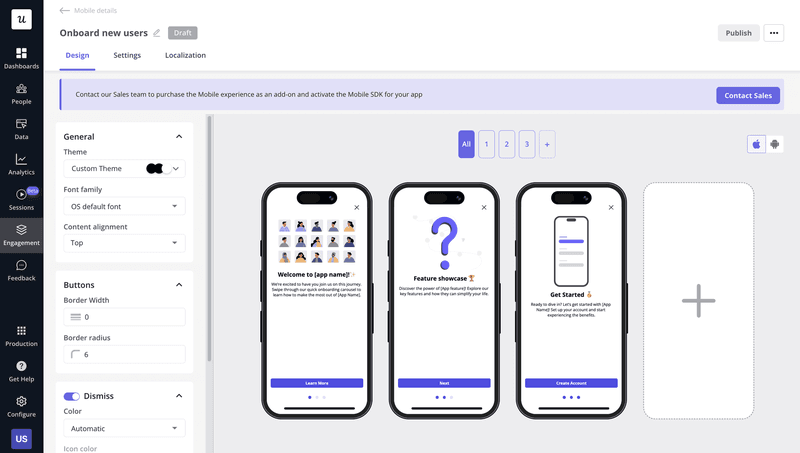
P.S.: If you want to ace mobile onboarding, I suggest you watch our webinar: How to Get Mobile Users to Stick: Onboarding & Retention Strategies That Work
2. Personalize user experience
No one wants to feel like just another user. Personalization is what turns an app from useful to indispensable.
In fact, 72% of consumers say they only engage with personalized messaging, such as recommendations, messages, and visuals tailored to their behavior. You can track user activity, segment users based on their preferences, and send them relevant updates or offers.
Nike is the best example here. They send personalized notifications when users don’t complete their purchase or are browsing similar products. That kind of attention makes users feel understood, which in turn incentivizes them to shop more.
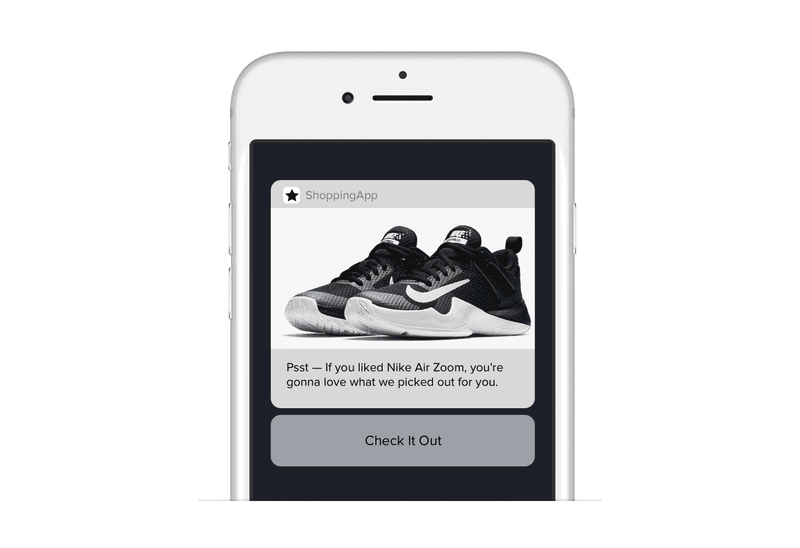
Userpilot makes personalization a breeze. You can segment users by in-app behavior, location, or buyer journey stage and create different experiences for each one. For example, imagine you’re building a mobile fitness app.
You can show a different onboarding flow to a first-time user who just signed up for weight loss goals versus a returning user focused on strength training. The former might see tips on calorie tracking and beginner workouts, while the latter gets nudged toward advanced routines and progress tracking tools.
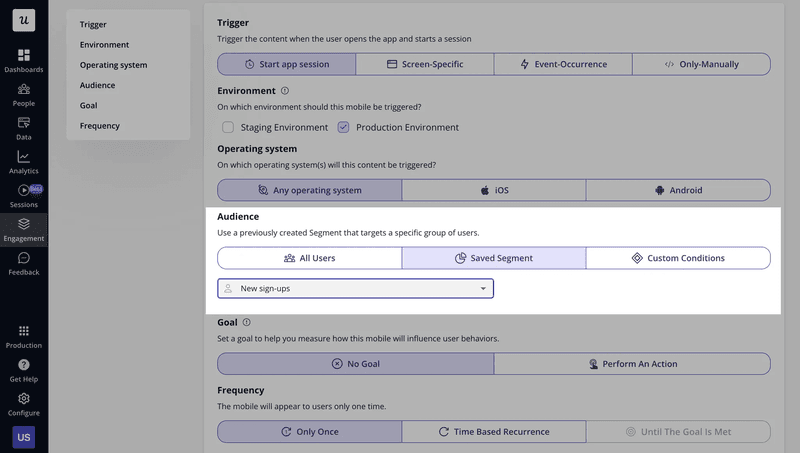
3. Use gamification elements to keep users coming back
Sometimes the best way to drive long-term usage is to make people feel like they’re playing, not working.
Gamification works because it taps into basic motivation. People want to progress. They want to win. They want to see how far they’ve come.
Duolingo is the gold standard here. Every session earns you XP. You get badges, compete on leaderboards, and keep your streak alive. It turns language learning into a habit.
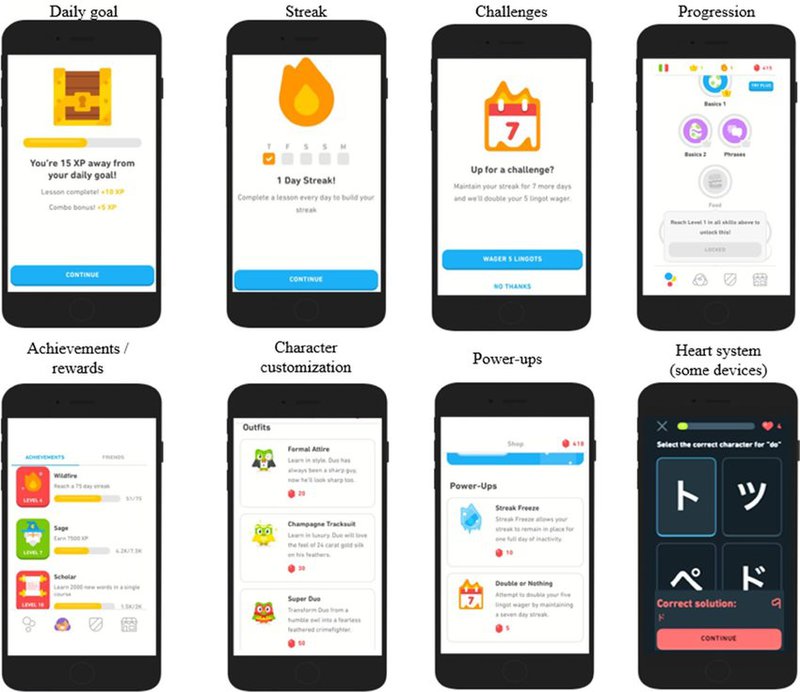
Other apps can borrow from the same playbook, where you can add progress indicators that show users how far they’ve come, reward milestones with unlockable content, or simple celebrations. Introduce friendly challenges that encourage users to beat their record or compete with others.
When the app becomes a game, users stop needing reminders. They come back on their own.
How to increase app retention among existing users
Getting users through the door is only half the battle. Keeping them engaged and retained requires a consistent, value-driven experience that evolves with their needs. Here’s how to do it:
1. Constantly educate users about your features
Retention starts with value. If users don’t understand the full potential of your product, they won’t stick around. Review your app analytics to identify underused features. Are trial users skipping over a core capability? Are power users plateauing after a certain point? That’s your opportunity.
Use those insights to build targeted in-app experiences. For instance, if you’ve built a mobile CRM app, you could use in-app tutorials to guide users through setting up their first dashboard and a new feature that automates follow-ups. Later, a feature highlight email can showcase use cases for different roles, like how sales managers can monitor sequence performance while SDRs focus on execution.
With Userpilot, you can trigger contextual tooltips, slideouts, and tutorials based on user behavior. For example, if someone has never used a collaboration feature after five sessions, surface a tooltip nudging them to try it. For more advanced users, introduce deeper functionality through segmented onboarding flows.
2. Deliver new features to keep engagement high
If users just use your app once and abandon it because you don’t have new features, they’ll get bored and churn in no time.
Release improvements regularly, even if they’re small. Bug fixes, performance upgrades, or interface tweaks go a long way. Plus, when you roll out a new feature, announce it loudly and proudly.
You can use in-app modals or slideouts with Userpilot to spotlight what’s new, why it matters, and how users can try it. Fresh content keeps your product dynamic and reinforces that you’re building with the user in mind.
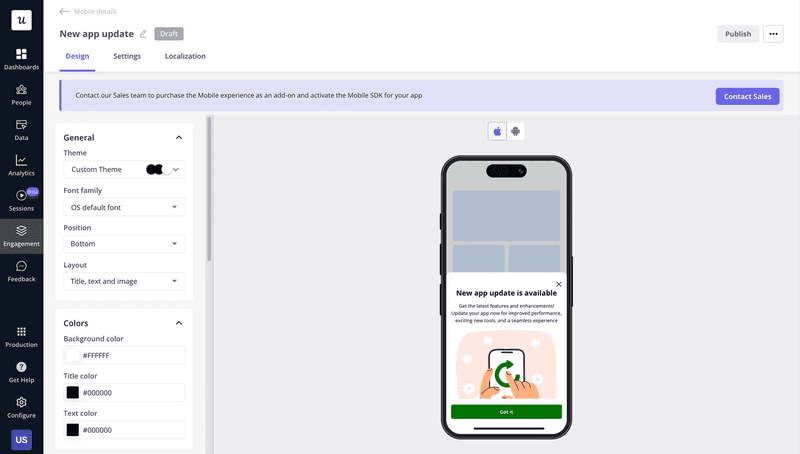
3. Listen to your users
The best product ideas don’t come from brainstorming. They come from listening. Your users will tell you exactly what to build if you pay attention.
You should create a feedback loop directly into your product. With Userpilot, you can trigger in-app surveys after key actions or at moments of potential friction. Use these touchpoints to surface pain points, capture suggestions, or validate feature ideas.
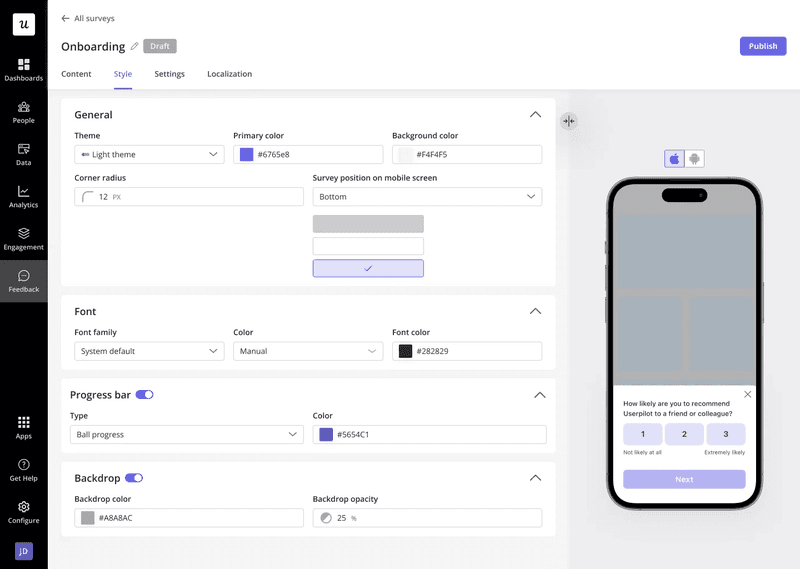
But don’t stop at collection, you must close the loop. Act on user feedback and communicate the changes when they go live. Even small acknowledgments like “you asked, we delivered” build trust and show users that their input shapes your roadmap.
3 Tools to help you increase app users
Bringing more users to your app isn’t just about running ads or launching referral programs. It’s about optimizing every touchpoint: from the first push notification to the pricing screen. The right tools help you communicate better, experiment faster, and monetize smarter.
Here are three tools that can help you grow your app’s user base by improving engagement, conversion, and retention:
1. Userpilot for in-app communication and push notifications
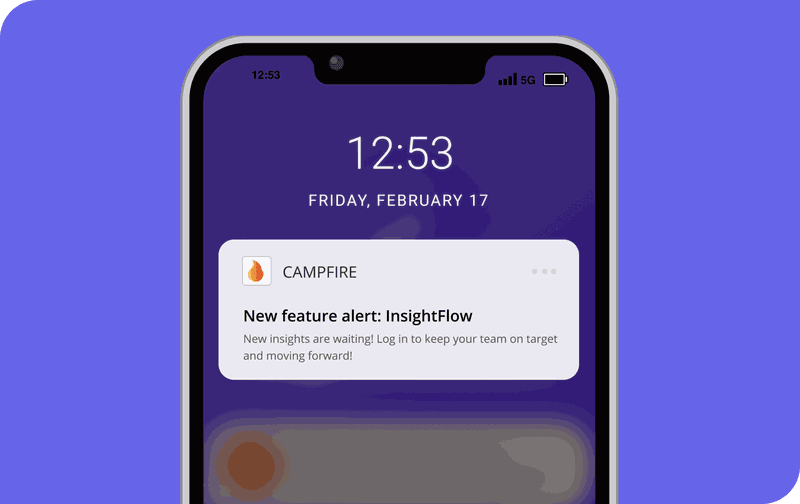
Effective user communication keeps people engaged and encourages them to take action. With Userpilot, you can trigger in-app messages, slideouts, and tooltips based on user behavior, segment, or lifecycle stage.
Let’s say a user logs in for the third time without trying a core feature—you can guide them with a timely tooltip. Or when you launch a new feature, use a slideout to announce it without disrupting their experience.
Key features:
- Carousels: Create up to 10-page onboarding or feature announcement flows using ready-made templates.
- Slideouts: Show contextual, non-intrusive messages to guide and engage users during key moments.
- Surveys: Launch in-app NPS, CSAT, and CES surveys to collect real-time user feedback.
- Push Notifications: Re-engage users with timely updates, feature announcements, and key prompts.
- Mobile Analytics: Track behavior, adoption, and engagement with real-time mobile dashboards and custom reports.
- Advanced Segmentation & Localization: Personalize experiences by targeting users based on behavior, attributes, and language.
- Supported Frameworks: Available for iOS and Android; support for React Native, Flutter, and more coming soon.
Pricing: Starts at $299/month (billed annually), based on monthly active users.
2. Leanplum for A/B testing
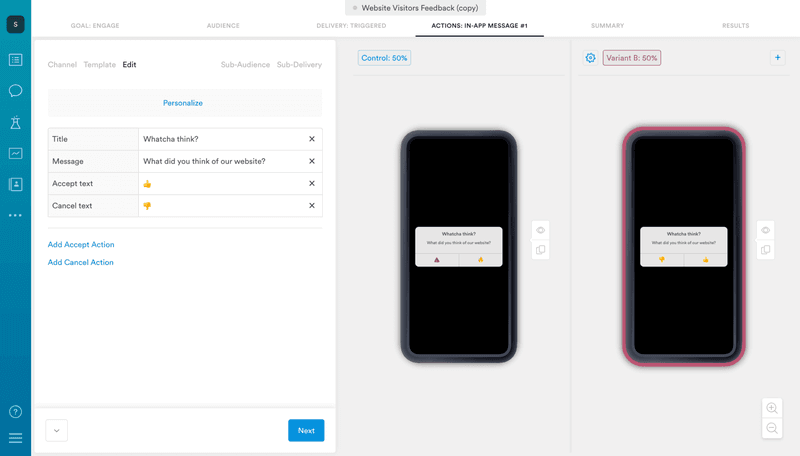
If you’re not testing, you’re guessing. Leanplum helps you run experiments across messaging, content, UI flows, and app features to see what truly resonates with your users.
Key Features:
- UI testing.
- Message Content Testing.
- Message Timing Optimization.
- Channel Preference Analysis.
- Unlimited Variants.
- Integrated Campaign Testing.
3. Adapty for paywalls and pricing optimization
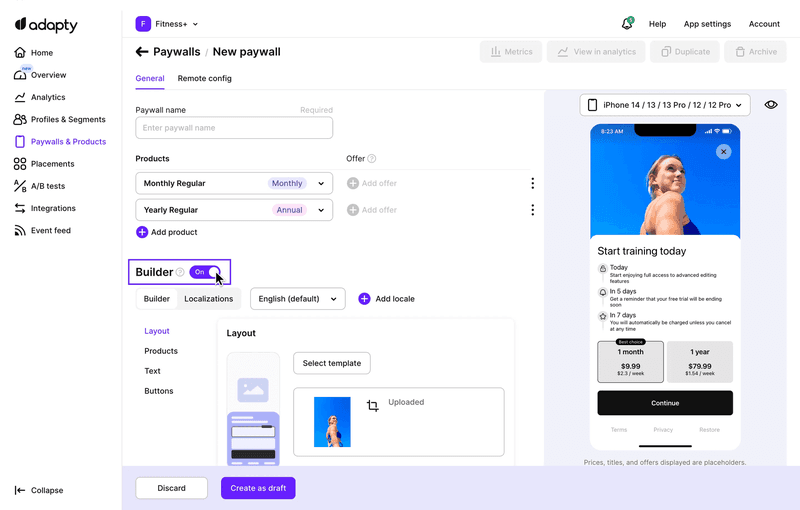
If you’re looking to increase in-app purchases, Adapty helps you test and optimize mobile paywalls without any dev support.
Key features:
- Visual paywall builder.
- Remote config to tweak pricing without app updates.
- Cohort analysis and revenue dashboards for paywall tracking.
- Custom design templates.
- Interactive elements (e.g., countdown timers, toggles, carousels).
- Localization support.
Pricing: Starts at $99/mo, based on revenue share percentage
Increase, engage, and retain app users with Userpilot
The mobile app market is crowded, attention spans are short, and uninstall rates are brutal. Simply acquiring users isn’t enough. You must engage, educate, and retain them from the moment they land in your app. After all, real growth doesn’t come from downloads; it comes from turning curious users into loyal champions.
If you’re looking to grow faster and retain more users, it’s time to move beyond generic growth hacks. Book a demo to see how you can drive meaningful engagement from day one.
FAQ
What is mobile app engagement?
Mobile app engagement refers to how actively users interact with your app over time. You can measure user engagement through sessions, feature usage, retention, and in-app actions like clicks, shares, or purchases.
Why is increasing app engagement important?
You must increase user engagement because it leads to better retention, improved customer satisfaction, and increased revenue. Engaged users are more likely to convert, stay longer, and become advocates for your product.



